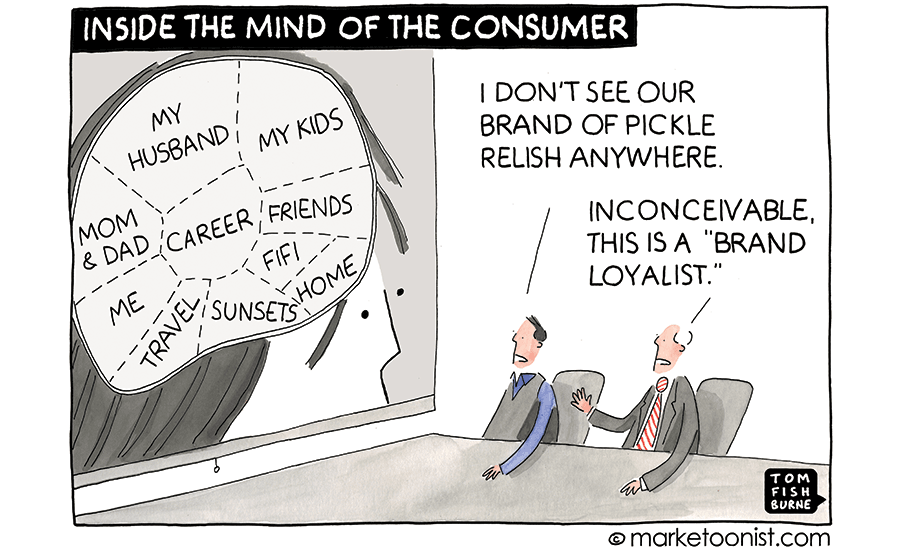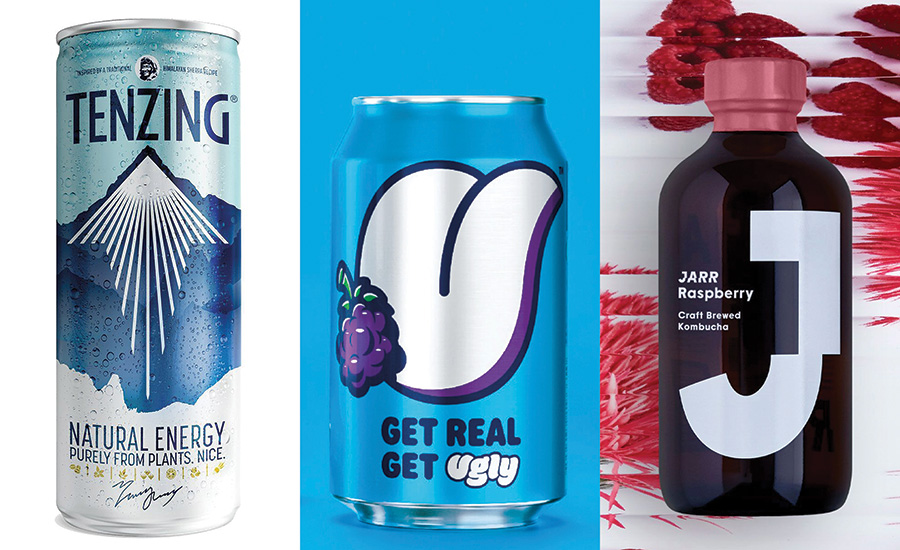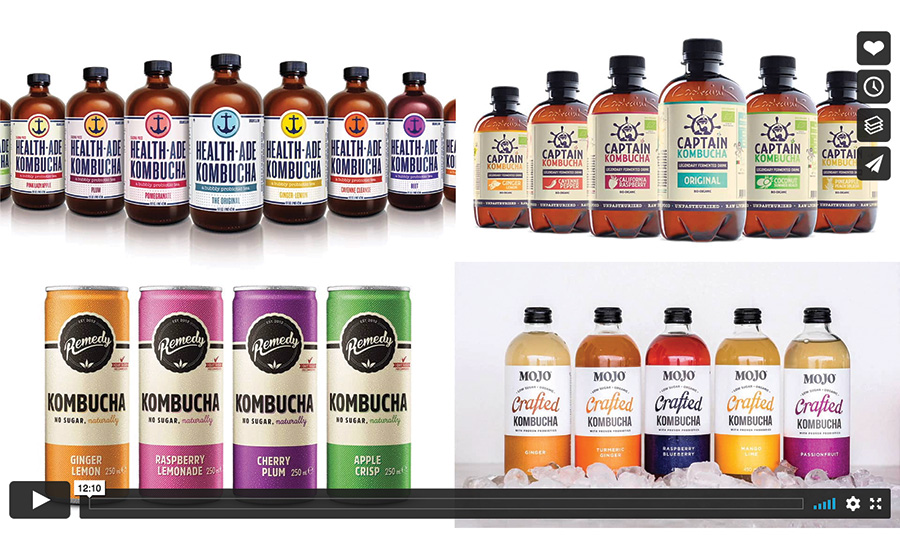Creating a brand is all about tapping into human psychology — adding an intangible desire (and a higher price) to what is often a good product, but objectively not very different from a dozen similar choices.
Early marketing thinking theorized that the best way to stand out as a brand was to develop a product and positioning that was differentiated from all competitors by a ‘Unique Selling Point’ (USP). This would rationally persuade consumers of its unique benefits, and pave the way for mass adoption, brand leadership and an assured future based on high levels of loyalty.
That was almost (but not totally) realistic in the 1960s and ‘70s, when brands first came to dominate our awareness through the cutting edge (and symbiotic) innovations of commercial television and supermarkets.
Copycat Messaging
But, as brands and media channels proliferated, as the sheer number of advertising messages snowballed and as innovations became copied in months not years, the concept of the USP became a distant dream.
That didn’t stop the brand positioning industry using craft and pseudo-science to create ever more subtle, psychological models to help brands continue the pursuit of uniqueness. However, this was brought to a screeching halt in 2010, when an unexpected new piece of academic research from Australia hit the bookshelves.
What Marketers Don’t Know
That research, and a meticulous data-driven analysis, landed in the form of a book: How Brands Grow. And it was no accident that the title came with its own catchy pay-off: ‘What Marketers don’t know.’
What marketers didn’t know then they certainly know now, with most of the elite multinational corporations who spend billions on marketing and advertising now using its insights.
These insights don’t pretend to know all the subtleties of how branding and communication affects consumer behavior, but the data certainly wounded (possibly fatally) some of marketing’s sacred cows.
For an industry apparently dedicated to discovering and serving consumer needs, marketing had never quite got the message that consumers really don’t care very much about brands. Certainly not as much as those of us, both client and agency-side, who live, eat and dream about them 24/7.
As ever in life, humor is often the best way to see the light, and this brilliant cartoon by Tom Fishburne has always said it all for me.

In the Mind of the Consumer
Once you free your mind to accept that consumers have better things to think about than your brand, these findings of How Brands Grow make perfect sense:
- In most categories, consumers do not notice the communicated differences between brands. They do not find any of them particularly unique and, as a result, brand user profiles (within a category) are very similar to each other.
- The biggest difference between small brands and big ones is not loyalty but penetration: the number of people buying the brand at least once in a given period. The success of a brand depends, above all, on how many ‘light buyers’ it attracts.
- Brand distinctiveness (delivered through strong and consistent branding), is what really matters. Not because it makes people appreciate the brand more, but because it makes the brand easily identifiable and memorable.
Distinctive Brand Assets
Once we take away the need to “care,” it’s logical that by creating a set of associations in the consumer’s mind, and having distinctive assets that trigger those associations time after time, a successful brand significantly improves the odds of being bought.
How Brands Grow recognizes 25 types and 7 classes of potentially distinctive assets, but most brands are lucky if they have more than one (usually the logo).
As we enter an era in which digital disruption is changing the environment of brands profoundly, increasing, enhancing and ‘weaponizing’ distinctive assets is essential, and more and more brands are now realizing this.
By weaponizing we mean using assets strategically, consistently and creatively to frame all communications, not simply sticking the logo and pay-off on a campaign that otherwise has no associations with the brand — unless you’re willing to spend quite a lot creating a new asset.
Creativity is vital, because this creates the win-win of engagement and recognition that is the true definition of ‘Distinctive’ in the context of brands.
This takes the discussion into, as yet, uncharted territory, because the mantra of How Brands Grow states that the only job required of distinctive brand assets is to be strongly and uniquely associated with a brand.
Using assets with already existing “meaning” is seen as counter-productive, because of the chances of confusion with other brands, which will inevitably be trying to take a similar shortcut to engagement.

The Challenge of Innovation
My argument against that is still in development, but I can’t give up on “meaning” as an essential part of a brand’s DNA. Let’s just say there are shedloads of cat videos on social media, but only one Grumpy Cat (RIP).
Researching a talk I recently gave to a (virtual) conference on “Innovation in non-alcoholic beverages,” it became increasingly clear to me that innovations face a special challenge in their pursuit of survival and growth.
Perhaps it’s because new innovations are always at least partly on a mission to establish a new category or sub-category, and to explain why this new territory is so different, exciting and relevant to consumers. Thanks to social media and the demographics of start-up founders, the target group always seems to be millennials (or Gen Z) on Instagram.
As a result, I found that many new brands in new categories look very much alike, and are spending most of their design and branding efforts promoting generic category features and benefits. These can make very cool social media posts, but they don’t make especially distinctive brands.
It seems clear to me that the exceptions to that rule, those brands that are “thinking distinctive” from the start, are already the ones that look likeliest to stay the course, and perhaps become the next “innocent.”
The “Innovation in non-alcoholic beverages” talk is available by clicking the video above or here. I’d love to hear your views and comments.


